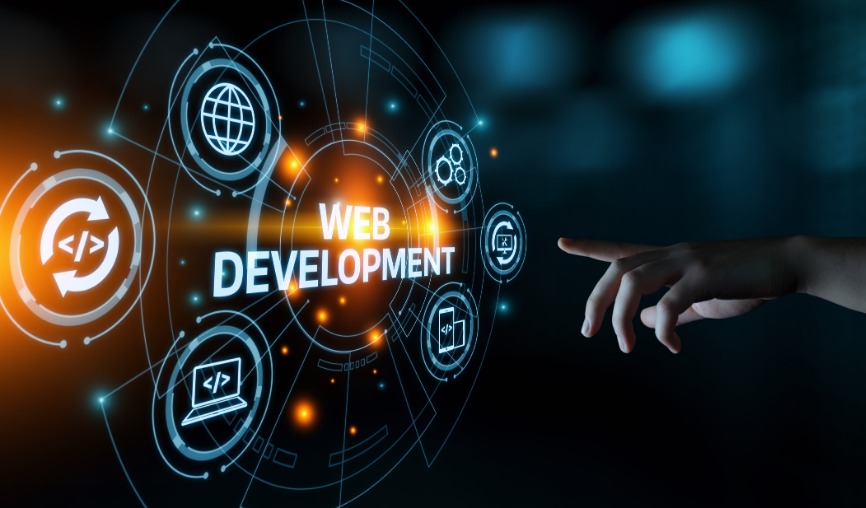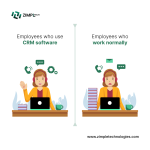The field of web development continues to evolve rapidly, driven by technological advancements and changing user expectations. Developers are embracing new tools and methodologies to create more interactive, efficient, and secure web applications. In this blog, we’ll explore the top 10 technologies set to shape the future of web development.
1. Artificial Intelligence and Machine Learning
Artificial Intelligence (AI) and Machine Learning (ML) are becoming indispensable in web development. These technologies enable developers to create more personalized and intuitive user experiences. AI-powered chatbots provide instant customer support, while ML algorithms analyze user behavior to offer personalized content recommendations. Moreover, AI enhances security by detecting and mitigating potential threats in real time.
2. Progressive Web Apps (PWAs)
Progressive Web Apps (PWAs) combine the best features of web and mobile apps, offering a seamless experience across all devices. PWAs are known for their fast loading times, offline capabilities, and push notifications, making them a popular choice for businesses aiming to enhance user engagement. As more users demand mobile-friendly experiences, PWAs will continue to gain traction.
3. WebAssembly
WebAssembly (Wasm) is revolutionizing web development by enabling high-performance applications to run in web browsers. With WebAssembly, developers can write code in multiple languages, which then executes at near-native speed. This technology is ideal for building complex applications, such as 3D games and data-intensive tasks, directly in the browser without compromising performance.
4. Serverless Architecture
Serverless computing allows developers to build and deploy applications without managing server infrastructure. This architecture offers several benefits, including reduced operational costs, automatic scaling, and simplified development processes. Popular serverless platforms like AWS Lambda, Azure Functions, and Google Cloud Functions enable developers to focus on writing code while the platform handles the rest.
5. JAMstack
JAMstack (JavaScript, APIs, Markup) is a modern web development architecture that decouples the frontend from the backend. This approach enhances performance, security, and scalability. JAMstack sites are pre-rendered and served as static files, which improves loading times and reduces the risk of server-side vulnerabilities. Developers can also easily integrate third-party services via APIs.
6. Web 3.0 and Decentralized Applications (DApps)
Web 3.0 represents the next generation of the internet, emphasizing decentralization, user ownership, and privacy. Decentralized applications (DApps) leverage blockchain technology to create transparent, secure, and tamper-proof applications. With Web 3.0, users gain more control over their data and digital identities, promoting a more democratic and user-centric internet.
7. Motion UI
Motion UI is a library for creating custom CSS transitions and animations, making web applications more interactive and engaging. As users increasingly expect dynamic and visually appealing interfaces, Motion UI helps developers deliver a captivating user experience. Smooth animations and transitions can significantly enhance user satisfaction and retention.
8. Single Page Applications (SPAs)
Single Page Applications (SPAs) load a single HTML page and dynamically update content as the user interacts with the app. SPAs, powered by frameworks like React, Angular, and Vue.js, offer a smooth and fast user experience similar to desktop applications. By minimizing page reloads, SPAs provide a more fluid and responsive user experience.
9. 5G Technology
The rollout of 5G technology is set to revolutionize web development by providing ultra-fast internet speeds and lower latency. This advancement will enable developers to create more sophisticated and data-intensive applications, enhancing the overall user experience. 5G will also drive the adoption of technologies like augmented reality (AR) and virtual reality (VR) in web applications.
10. Cybersecurity Enhancements
As cyber threats become more sophisticated, web developers are prioritizing security measures to protect user data and privacy. Advanced encryption techniques, multi-factor authentication (MFA), and AI-driven security solutions are becoming integral to web development practices. Ensuring robust security is essential for maintaining user trust and complying with data protection regulations.
Conclusion
The future of web development is brimming with exciting possibilities. By embracing these top 10 technologies, developers can create innovative, high-performance, and secure web applications that meet the evolving demands of users. At Zimpltech, we are committed to staying at the forefront of these advancements, ensuring our clients benefit from the latest and most effective web development solutions.




















